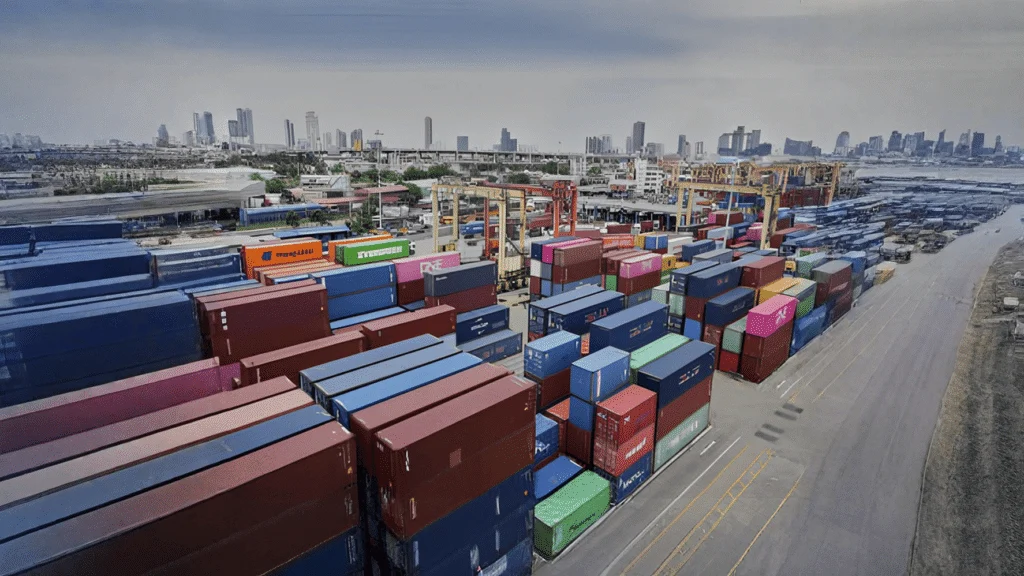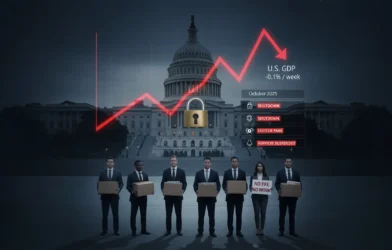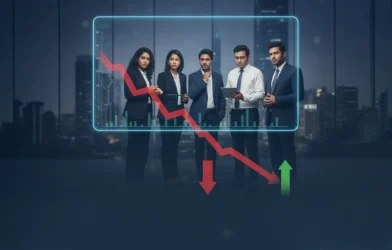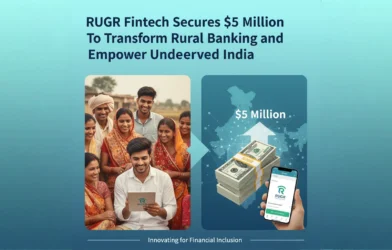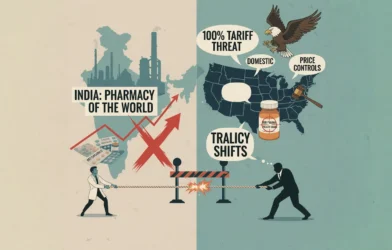New Delhi: US tariffs on Indian goods have raised concerns for exporters, prompting the commerce and finance ministries to coordinate a Rs 2,250 crore export promotion mission. The initiative aims to bolster India’s global trade presence and mitigate the potential adverse effects of these US tariffs. An official confirmed on Wednesday that the proposal is expected to be taken up soon by the Expenditure Finance Committee (EFC), marking a critical step toward Cabinet approval and implementation.
The export promotion mission, initially announced in the Union Budget, has gained urgency following rising trade barriers imposed by several countries, particularly the United States. These US tariffs threaten India’s export competitiveness in key sectors such as textiles, footwear, engineering goods, and processed food products. To address these challenges, the commerce department has prepared a detailed blueprint, focusing on expanding the number of exporters, especially micro, small, and medium enterprises (MSMEs), and providing robust support for first-time exporters.
Key Objectives of the Mission
A primary focus of the mission is export finance. Indian exporters, especially SMEs and labor-intensive sectors, often face difficulties accessing credit at competitive rates. The mission aims to introduce new financial tools and mechanisms to ensure timely working capital and investment support. By facilitating access to export finance, the government intends to empower small exporters to compete globally without being handicapped by liquidity issues.
In addition to financial support, the mission also addresses non-tariff barriers (NTBs) erected by other countries. NTBs, which include stringent product standards, certifications, and complex customs procedures, often hinder Indian exports despite competitive pricing. The plan aims to provide exporters with guidance and assistance in navigating these regulatory challenges, helping them gain smoother access to international markets.
Overseas warehousing and global branding initiatives form another critical pillar of the mission. By establishing strategically located warehouses abroad, Indian exporters can reduce delivery times, lower logistics costs, and strengthen supply chain efficiency. Simultaneously, the government is keen to promote “Made in India” as a global brand, tapping emerging opportunities in regions like Africa, Latin America, Southeast Asia, and the Middle East. Effective branding can boost the visibility of Indian products and enhance market share in competitive international markets.
Addressing Sector-Specific Challenges
While the mission is comprehensive, some areas may require adjustments based on industry feedback. Exporters, particularly from labor-intensive sectors such as textiles, leather goods, and footwear, have expressed the need for stronger financial and policy support. These sectors employ millions of workers across India and are highly sensitive to global trade dynamics. Strengthening export incentives for these industries is seen as critical to preserving jobs and sustaining India’s export growth trajectory.
Commerce and Industry Minister Piyush Goyal has held multiple stakeholder meetings to understand the challenges faced by exporters. Industry representatives highlighted concerns related to rising production costs, supply chain bottlenecks, and market access issues caused by US tariffs. Feedback from these discussions is being incorporated into the final blueprint to ensure that the mission is responsive to ground realities and delivers tangible benefits.
Expected Timeline and Approval Process
According to the official, the proposal is likely to be taken up shortly by the Expenditure Finance Committee, which functions under the Finance Ministry. After the EFC’s approval, the plan will be presented to the Cabinet for final sanction. Once approved, the mission is expected to roll out with clear guidelines for exporters, including eligibility criteria, funding mechanisms, and performance benchmarks.
The Rs 2,250 crore outlay is expected to cover a mix of initiatives, including export finance, subsidies for first-time exporters, assistance with international certifications, establishment of overseas warehouses, and global marketing campaigns. The mission’s success will be measured by the increase in the number of Indian exporters, higher export volumes, and improved competitiveness in global markets.
Strategic Importance for India
The timing of the export promotion mission is crucial. US tariffs on Indian goods have created pressure on exporters to maintain market share while staying competitive. In sectors like textiles and footwear, even minor cost increases due to US tariffs can significantly affect profitability. The mission’s focus on supporting MSMEs and first-time exporters is expected to encourage diversification of India’s export base and reduce over-reliance on a few large players.
Furthermore, the initiative aligns with India’s broader trade strategy of expanding into emerging markets and strengthening bilateral trade relationships. By promoting innovation, quality, and global branding, the mission aims to make Indian products more attractive in international markets, ensuring sustainable growth in exports over the coming years.
Conclusion
India’s Rs 2,250 crore export promotion mission reflects the government’s proactive approach to safeguarding its export interests amid global trade challenges. By combining financial support, market facilitation, and branding initiatives, the mission seeks to empower Indian exporters, particularly MSMEs and first-time exporters, to navigate hurdles such as US tariffs and non-tariff barriers.
With the EFC expected to consider the proposal soon, followed by Cabinet approval, the initiative promises to strengthen India’s export ecosystem, create jobs, and enhance the global visibility of Indian products. Stakeholder feedback and industry engagement remain central to the plan, ensuring that the mission is both practical and impactful, and helps India sustain its growth in global trade.
Disclaimer: This article is based on publicly available information as of mid‑September 2025. Reliance Industries Ltd and its leadership may issue additional updates or clarifications. Some details, such as financials or specific timelines, have been reported in the media and are subject to confirmation.


